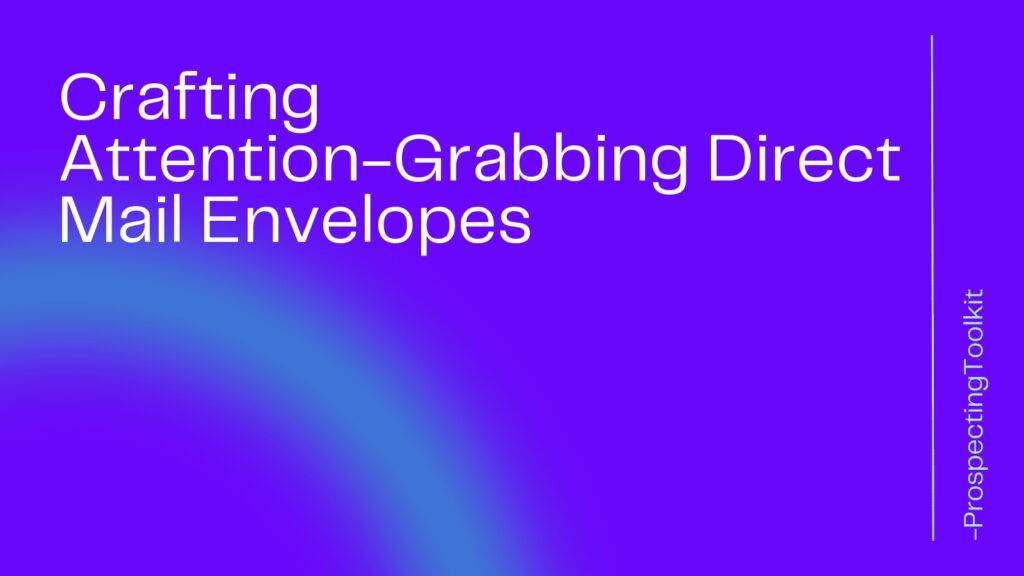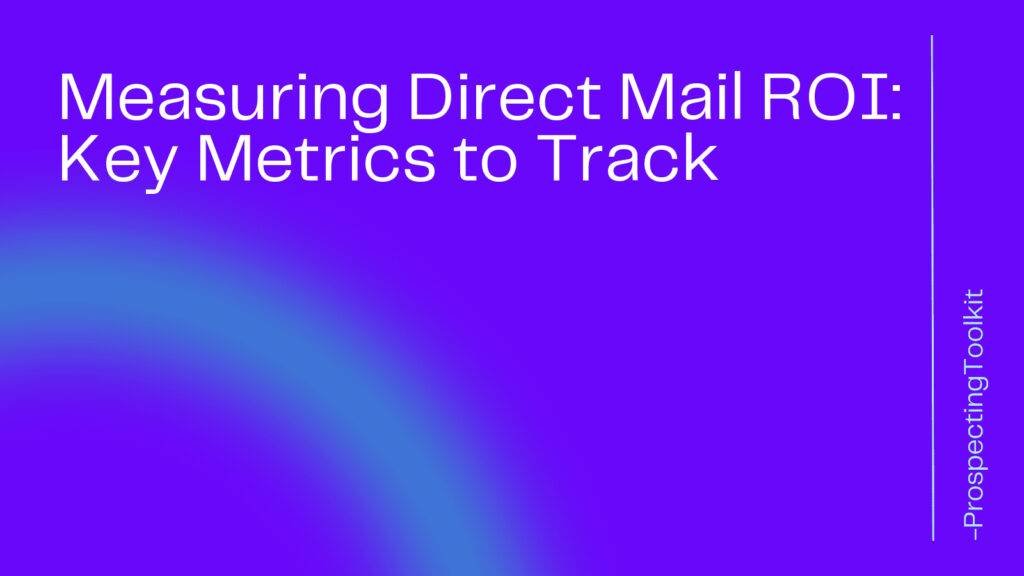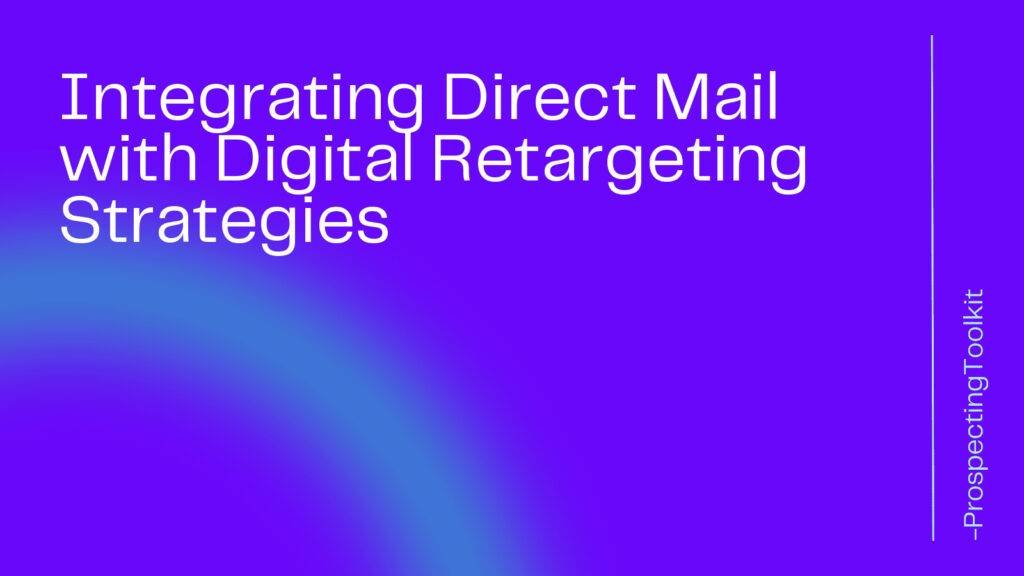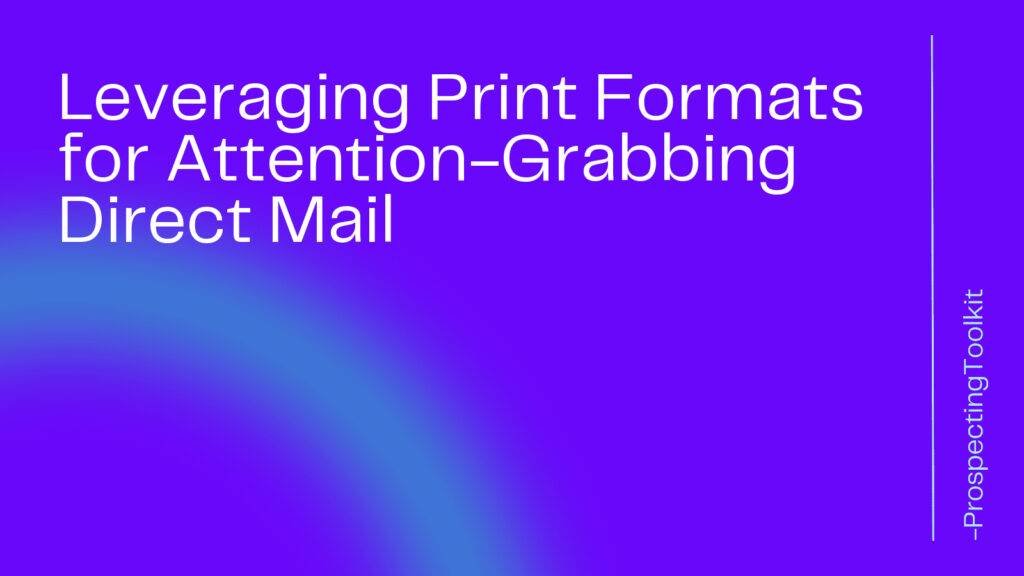With millions of podcasts available on various platforms, it’s no wonder that many individuals are eager to create their own successful podcast.
However, starting a podcast and making it successful requires more than just recording and uploading episodes.
In this comprehensive guide, we will explore the essential steps and strategies to help you create a podcast that stands out from the crowd and attracts a loyal audience.
Table of Contents
Toggle1. Choosing a Niche
One of the first steps in creating a successful podcast is to choose a niche. A niche refers to a specific topic or theme that your podcast will focus on. It’s important to select a niche that you are passionate about and have knowledge in, as this will help you create engaging content and connect with your audience.
- Research the existing podcasts in your chosen niche to identify any gaps or opportunities that you can fill with your unique perspective.
- Consider the target audience for your niche and tailor your content to their interests and needs.
- Find a balance between a niche that is popular enough to attract an audience, but not too saturated that it becomes difficult to stand out.
2. Planning Your Podcast Format
Once you have chosen your niche, it’s time to plan the format of your podcast. Consider the following:
- Determine the length of each episode. Will they be short and concise or longer and more in-depth?
- Decide on the frequency of release. Will you release episodes weekly, bi-weekly, or monthly?
- Structure your show. Will it be a solo podcast where you share your thoughts and insights, or will you invite guests to join you for interviews and discussions?
- Plan segments or recurring features to add variety and keep your audience engaged.
3. Setting Up Your Recording Equipment
To create a high-quality podcast, you will need to invest in some basic recording equipment. Consider the following:
- Purchase a good microphone that suits your budget and recording environment. USB microphones are a popular choice for beginners.
- Use headphones to monitor your audio and ensure sound quality.
- Consider using a pop filter to reduce plosive sounds and a microphone stand or boom arm for stability.
- Explore digital audio workstation (DAW) software options for recording and editing your episodes. Audacity and Adobe Audition are popular choices.
4. Recording and Editing Your Episodes
Once you have your recording equipment set up, it’s time to start recording your episodes. Follow these steps:
- Find a quiet space where you can record without any interruptions or background noise.
- Prepare an outline or script for each episode to ensure that you cover all the important points.
- Use a recording software or your chosen DAW to capture your audio.
- After recording, listen to your episodes and edit out any mistakes, awkward pauses, or background noise.
- Enhance the audio quality by adjusting levels, adding music or sound effects, and applying noise reduction techniques.
5. Creating Engaging Content
The success of your podcast relies heavily on the quality of your content. Consider the following tips:
- Research your topics thoroughly and provide unique insights or perspectives.
- Incorporate storytelling techniques to captivate your audience.
- Invite guests who are experts in your niche to share their knowledge and experiences.
- Encourage audience interaction by asking questions, conducting polls, or featuring listener stories.
- Vary the length and format of your episodes to cater to different preferences.
6. Optimizing Your Podcast for SEO
Just like any other online content, optimizing your podcast for search engines is crucial for attracting new listeners. Consider the following SEO tips:
- Choose a descriptive and keyword-rich title for each episode.
- Include relevant keywords in your episode descriptions and show notes.
- Transcribe your episodes and include the text on your podcast website to improve searchability.
- Submit your podcast to popular directories and platforms to increase its visibility.
- Encourage listeners to leave reviews and ratings, as they can improve your podcast’s ranking in search results.
7. Promoting Your Podcast
Creating great content is only half the battle; you also need to promote your podcast to reach a wider audience. Consider the following strategies:
- Utilize social media platforms to share episode updates, behind-the-scenes content, and engage with your listeners.
- Collaborate with other podcasters or influencers in your niche to cross-promote each other’s shows.
- Consider guest appearances on other podcasts or participate in relevant industry events to increase your visibility.
- Engage with your audience by responding to comments, messages, and reviews.
- Utilize email marketing to keep your subscribers updated on new episodes and exclusive content.
- Consider running paid advertising campaigns on platforms like Facebook or Google to reach a broader audience.
- Use cold email to reach out to potential partners and sponsors (check our cold email templates for podcasts)
8. Monetizing Your Podcast
If you’re looking to monetize your podcast, there are several strategies you can explore. Consider the following options:
- Seek sponsorship opportunities by reaching out to relevant brands or joining podcast advertising networks.
- Offer premium content or bonus episodes to your loyal listeners through a subscription model.
- Create merchandise related to your podcast and sell it to your audience.
- Explore crowdfunding platforms to allow your listeners to support your podcast financially.
- Consider offering consulting services or coaching based on your expertise in your podcast’s niche.
9. Frequently Asked Questions (FAQ)
Q1: How often should I release new episodes?
A1: The frequency of your episode releases depends on your niche, audience preferences, and your capacity to consistently create high-quality content. Weekly or bi-weekly releases are common, but monthly or irregular releases can also work for certain podcast formats.
Q2: How long should my episodes be?
A2: The ideal episode length varies depending on your niche and audience. Some podcasts thrive with short episodes of 15-30 minutes, while others engage their audience with longer, in-depth episodes that can range from 60-90 minutes or more.
Q3: How can I attract more listeners to my podcast?
A3: To attract more listeners, focus on creating valuable content, optimizing your podcast for SEO, and promoting it through various channels. Engage with your audience, collaborate with other podcasters, and consider running targeted advertising campaigns to expand your reach.
Q4: Do I need professional recording equipment to start a podcast?
A4: While professional recording equipment can enhance the audio quality of your podcast, it is not a requirement to start. Many beginners use affordable USB microphones and free recording software like Audacity to produce high-quality podcasts.
Q5: Can I make money from my podcast?
A5: Yes, there are several ways to monetize your podcast, including sponsorships, premium content subscriptions, merchandise sales, crowdfunding, and offering consulting services. However, it’s important to build a loyal audience and consistently deliver valuable content before pursuing monetization strategies.
In conclusion, creating a successful podcast requires careful planning, engaging content, and effective promotion.
By choosing a niche, planning your format, investing in quality equipment, and optimizing your podcast for SEO, you can increase your chances of attracting a loyal audience.
Remember to consistently deliver valuable content, engage with your listeners, and explore monetization strategies that align with your podcast’s goals.
With dedication and perseverance, your podcast can become a thriving platform for sharing your passion and expertise with the world.







